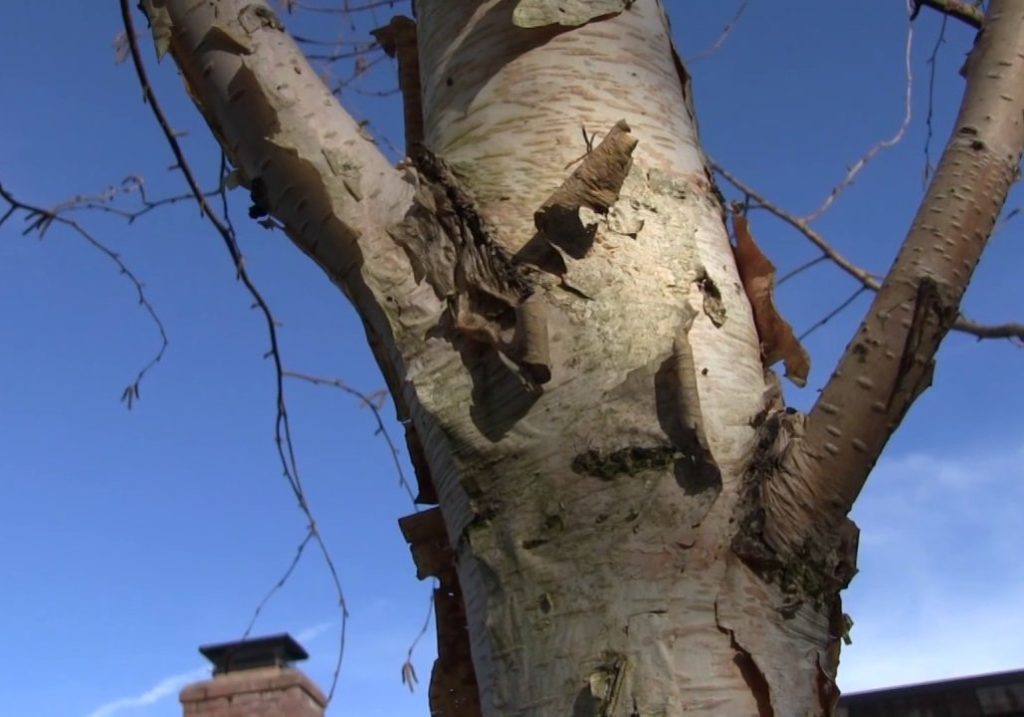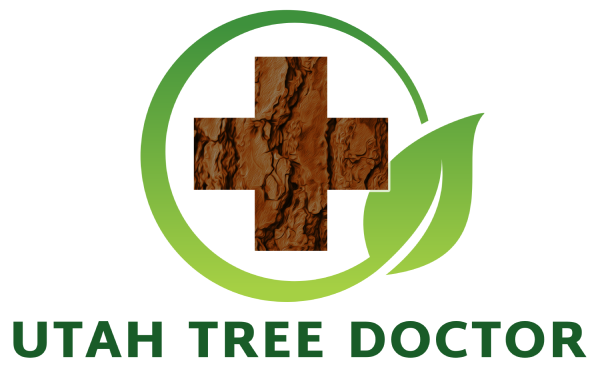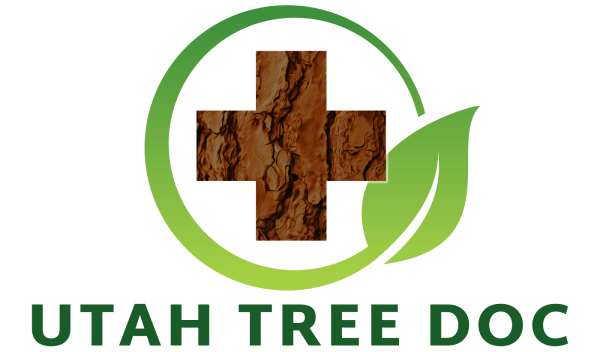UTAH TREE DOCTOR CAN HELP YOU PREVENT BRONZE BIRCH BORER

What Is The Cause Of My Tree's Illness?
The bronze birch borer (Agrilus anxius) is beetle that is slender and metallic olive-bronze or copper colored. Adult male bronze birch borers are 1/4″ to 3/8″ long with a greenish head, and the female is 1/3″ to 1/2″ long with a copper or bronze head. The larvae have a slender, flattened, white body and light brown head. The bronze birch borer lavae grow from 1/16″ to 1 1/2″ in length.
Dangers Of Bronze Birch Borers
The larvae of the bronze birch borer feeds on the phloem and cambium layers just under the bark, blocking transport of water and nutrients between the root system and the leaves. Extensive damage can kill roots, branches and entire trees, especially when trees are stressed by drought, old age, other insect damage, injuries or poor soil conditions. The bronze birch borer attacks all birch species and sometimes juniper and apple trees.
How A Basic Diagnoses Is Made
Trees grow a callus over the tunnels of the bronze birch borer, causing ridges, swellings or bumps on the surface of the bark. Adult bronze birch borers chew a “D” shaped hole in the bark when leaving the tree. These holes are filled with sawdust and may be stained reddish colors by tree sap.
PESTS, PROBLEMS AND THEIR TREATMENTS
Ash Borer
Aspen Gall
Aspen Black Leaf Spot
Birch Leafminer
Birch Stink Bugs
Black Locust Borer
Black Turpentine Beetle/Pitch Moth
Boxelder Webworms
Bronze Birch Borer
Chlorosis
Codling Moth
Coryneum Blight
Conifer Bark Beetle Ground
Elm Leaf Beetle
Fall Poplar Borer
Fall Willow Borer
Fire Blight
Greater Peach Tree Borer
Gummosis
Honey Locust Borer
Lesser Peach Tree Borer
Oak Bullet Gall
Oak Lace Bugs
Oak Leaf Blister
Oak Webworms
Pine Tip Weevil
Powdery Mildew
Sawfly
Scale
Slime Flux
Spider Mites
Spring Poplar Borer
Spring Willow Borer
Spruce Cooley Gall Adelgid
Strawberry Root Weevil
Sycamore Anthracnose
Fruitworm

